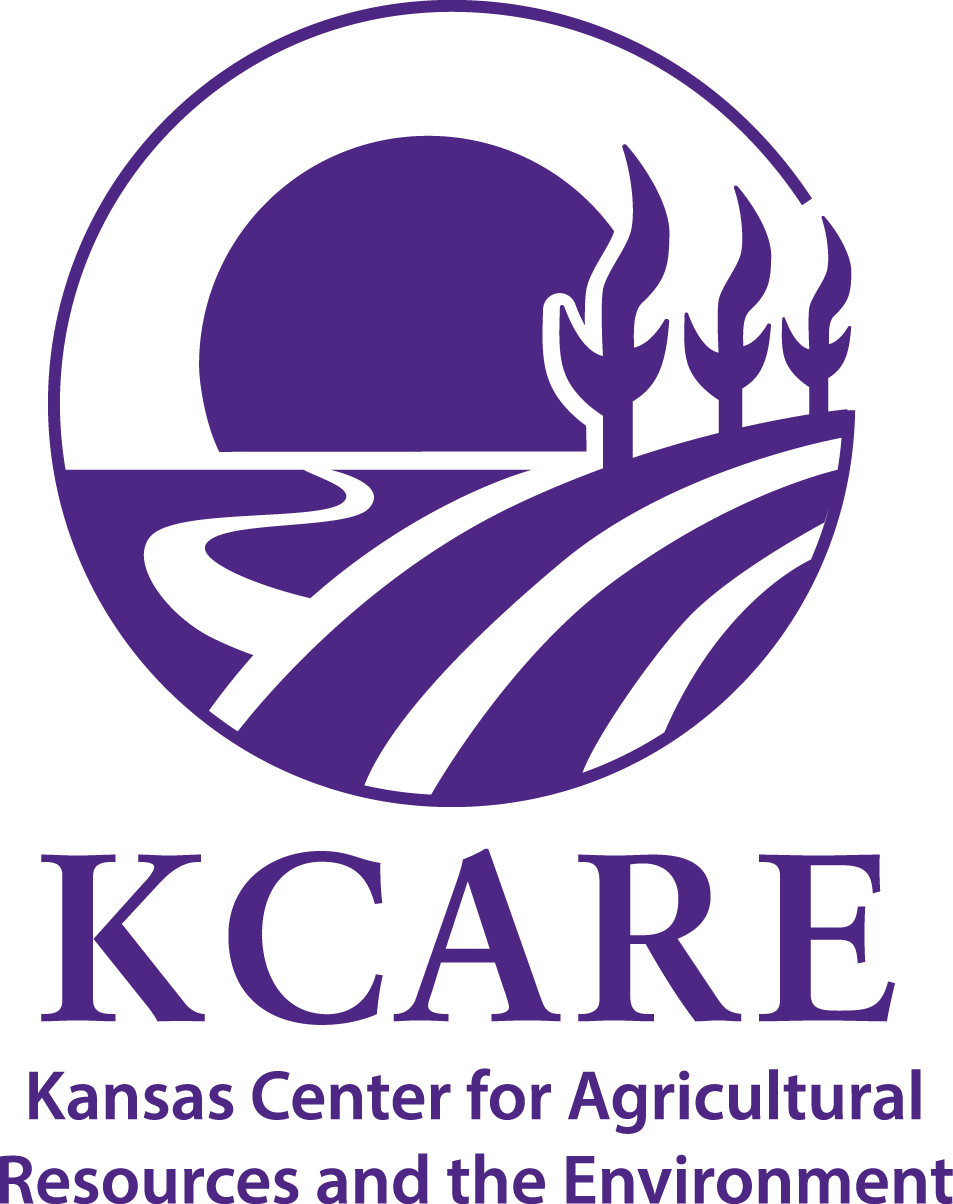About the Watershed Research and Implementation Partnership (WRIP)
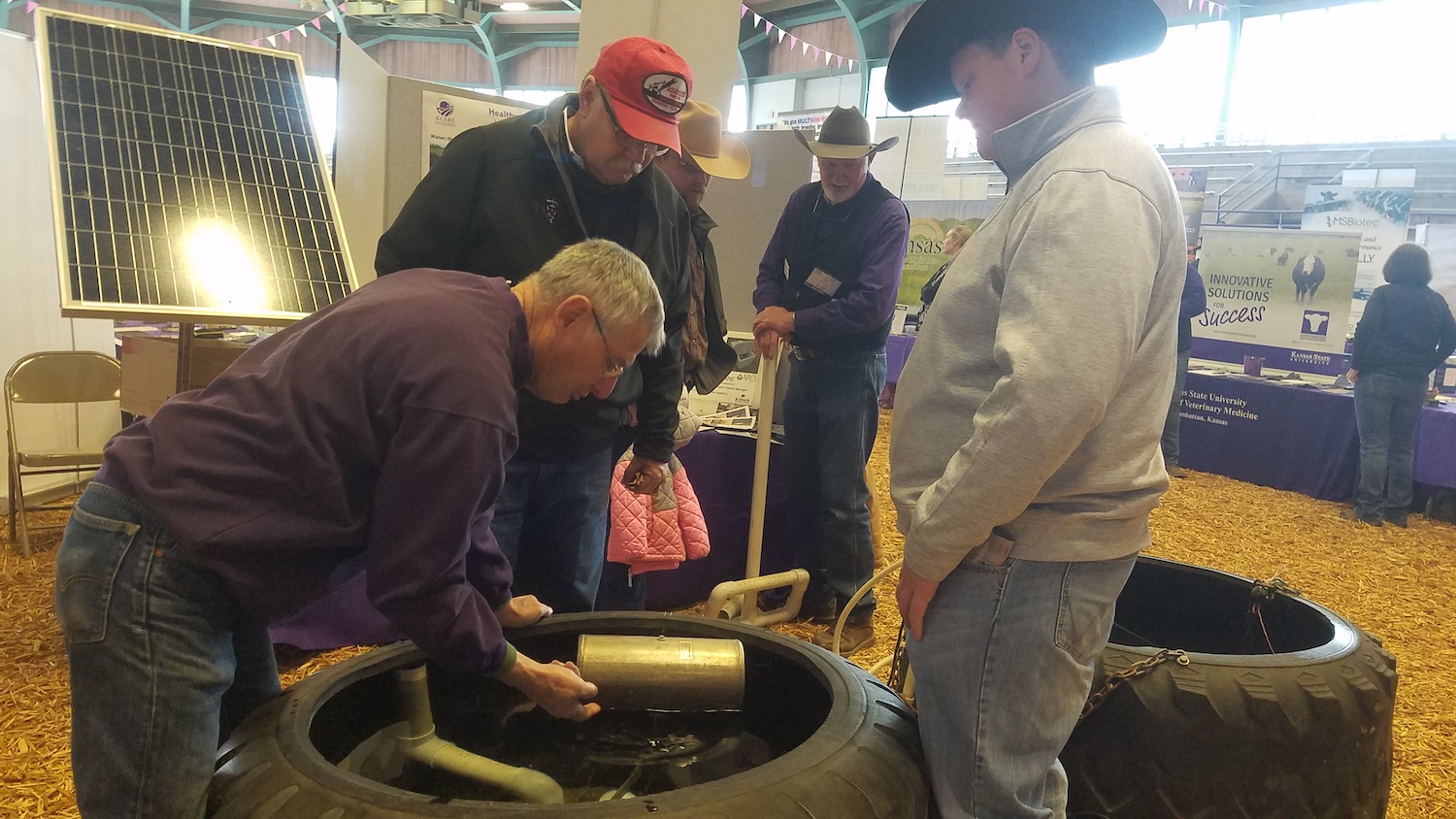
Smart projects support healthy watersheds
 click on the graphic to see a larger version
click on the graphic to see a larger version
In the news
Eroding streambanks are a big cause of sediment loading in our waterways. Traditional streambank stabilization efforts can be extremely costly and time-consuming, so K-State researchers tried something new: woody revetments. While the project didn't provide the answers the research team was hoping for, they were able to take away some valuable lessons on the topic. After all, if at first you don't succeed ... plan another project!
Check out this publication about deciduous tree revetments on the Smoky Hill River.
One of our KCARE watershed specialists, Ron Graber, was a featured presenter in a recent EPA Water Finance Webinar. Along with experts from the City of Boise, Idaho and the Miami Conservancy District in Florida, Ron discussed how watersheds can benefit when municipal water treatment plants invest in conservation practices on nearby farms. This type of urban-rural partnership is an important way to identify alternatives for improving water quality and watershed health.
Our partners make the difference
WRIP includes partners from every stakeholder group: from national organizations to local citizens. Developed and led by university research and extension specialists at K-State, the program provides unique opportunities for participants to be vested in sustainable water quality. Creating relationships through trust and time, this partnership has significantly impacted Kansas water quality. With 20 years invested in this initiative, we are proud to empower citizens at every level to take decisive actions for sustainable water quality improvements across Kansas.
Examples of our partners are included below. If you or your organization are interested in joining us in our work to improve the quality of Kansas water, please contact us. We are glad to hear from you!
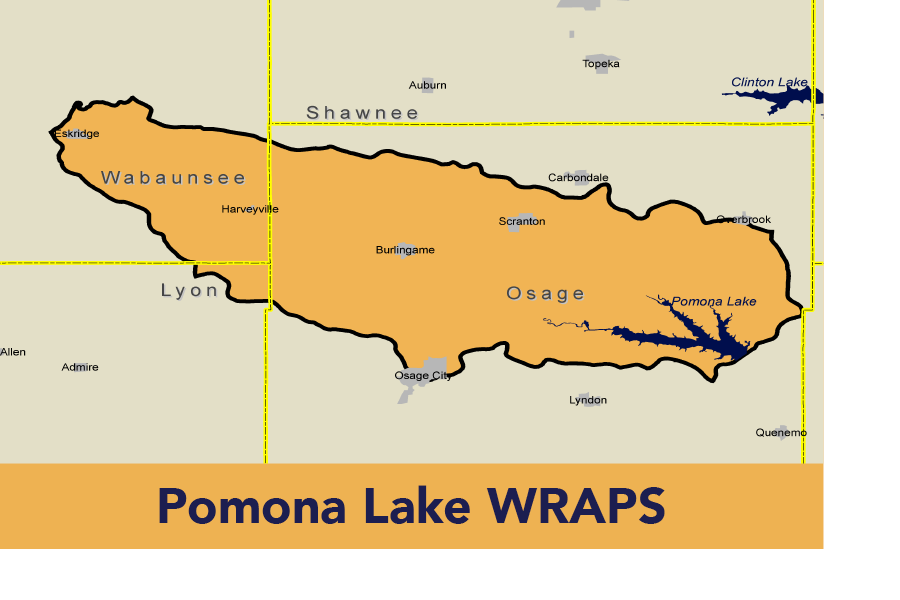 | 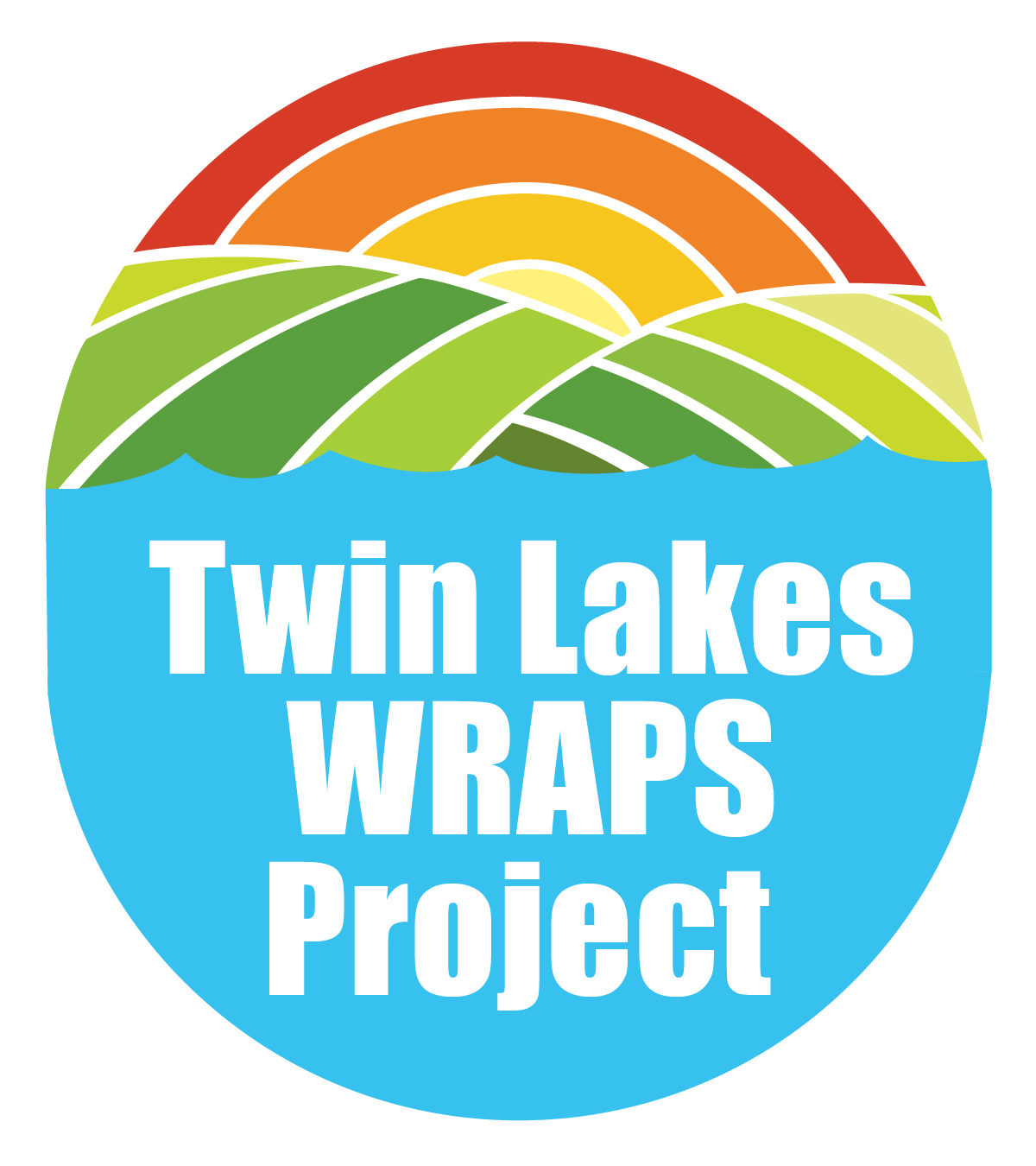 | ||
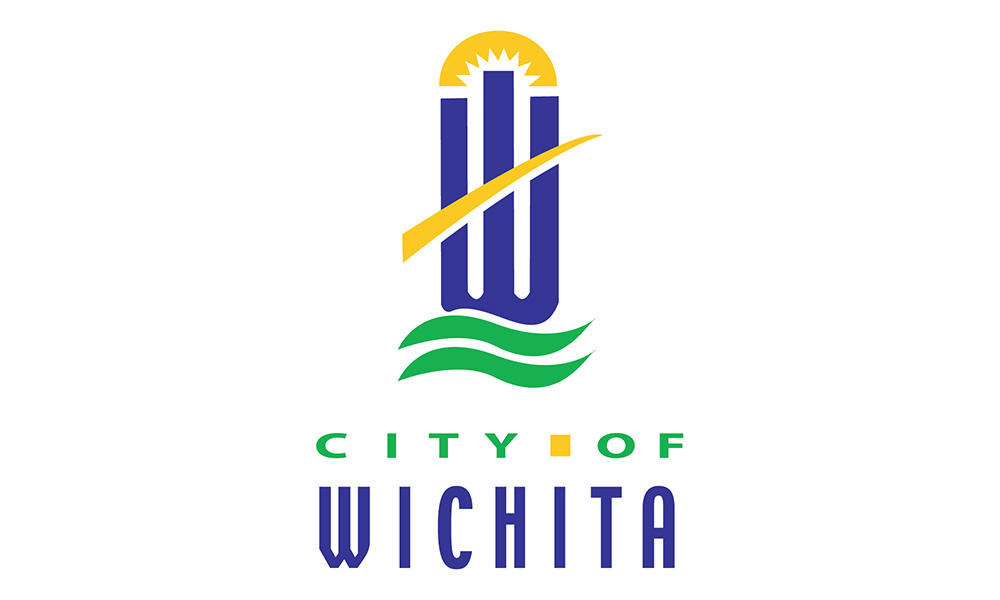 | 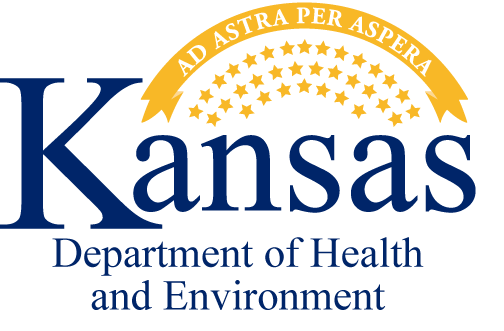 | 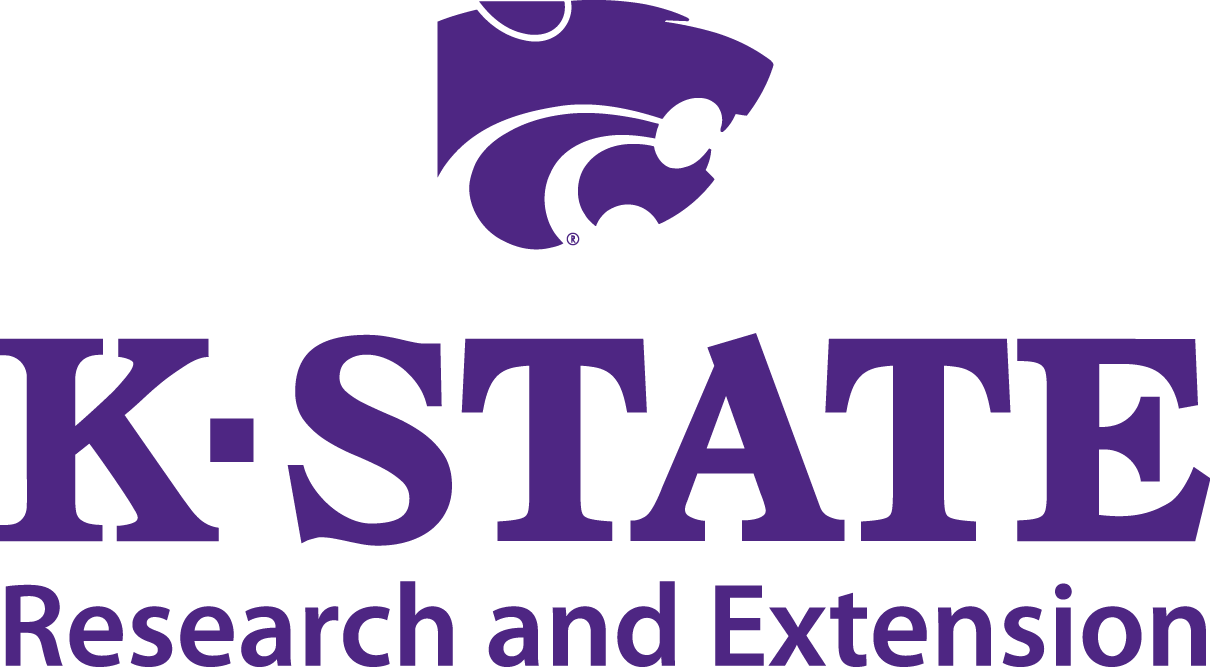 | |
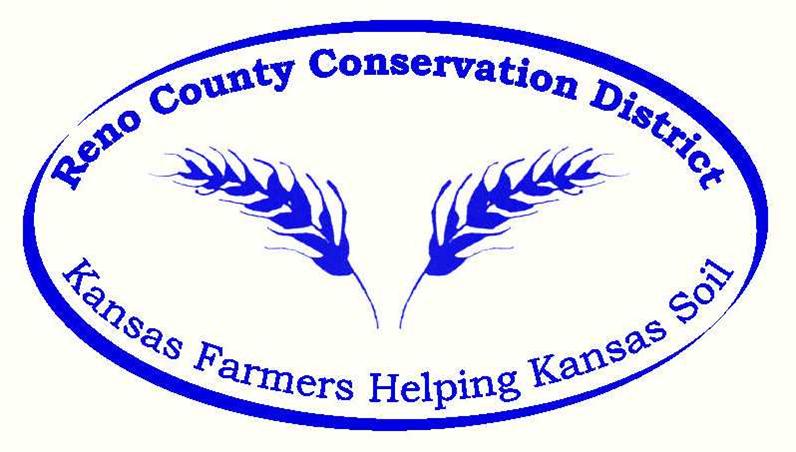 | 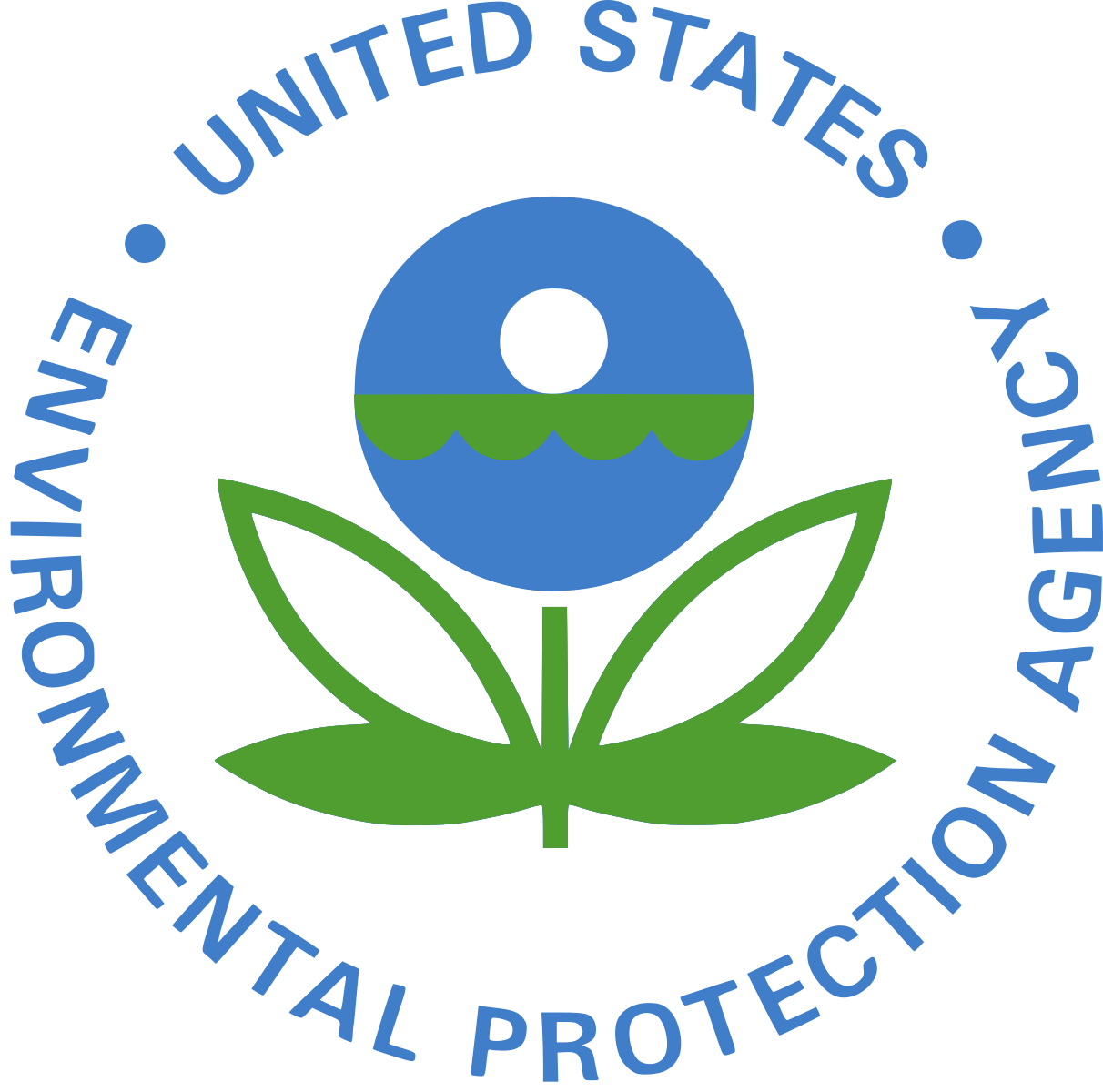 | 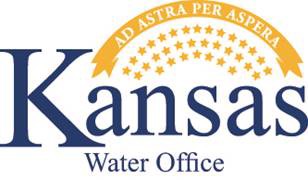 |
